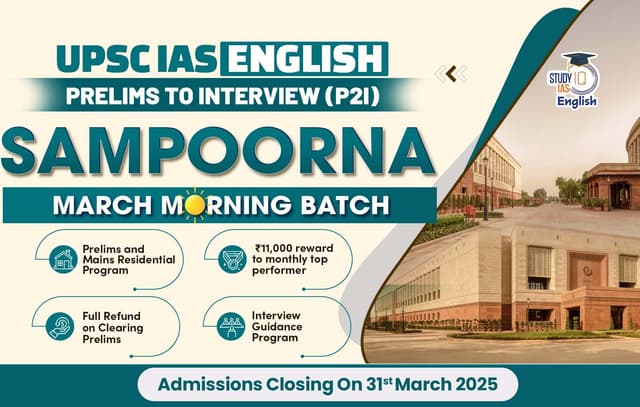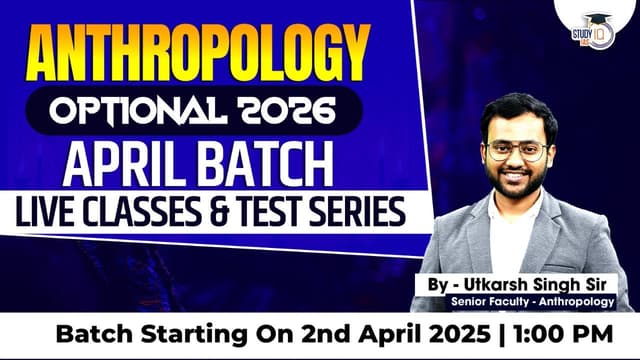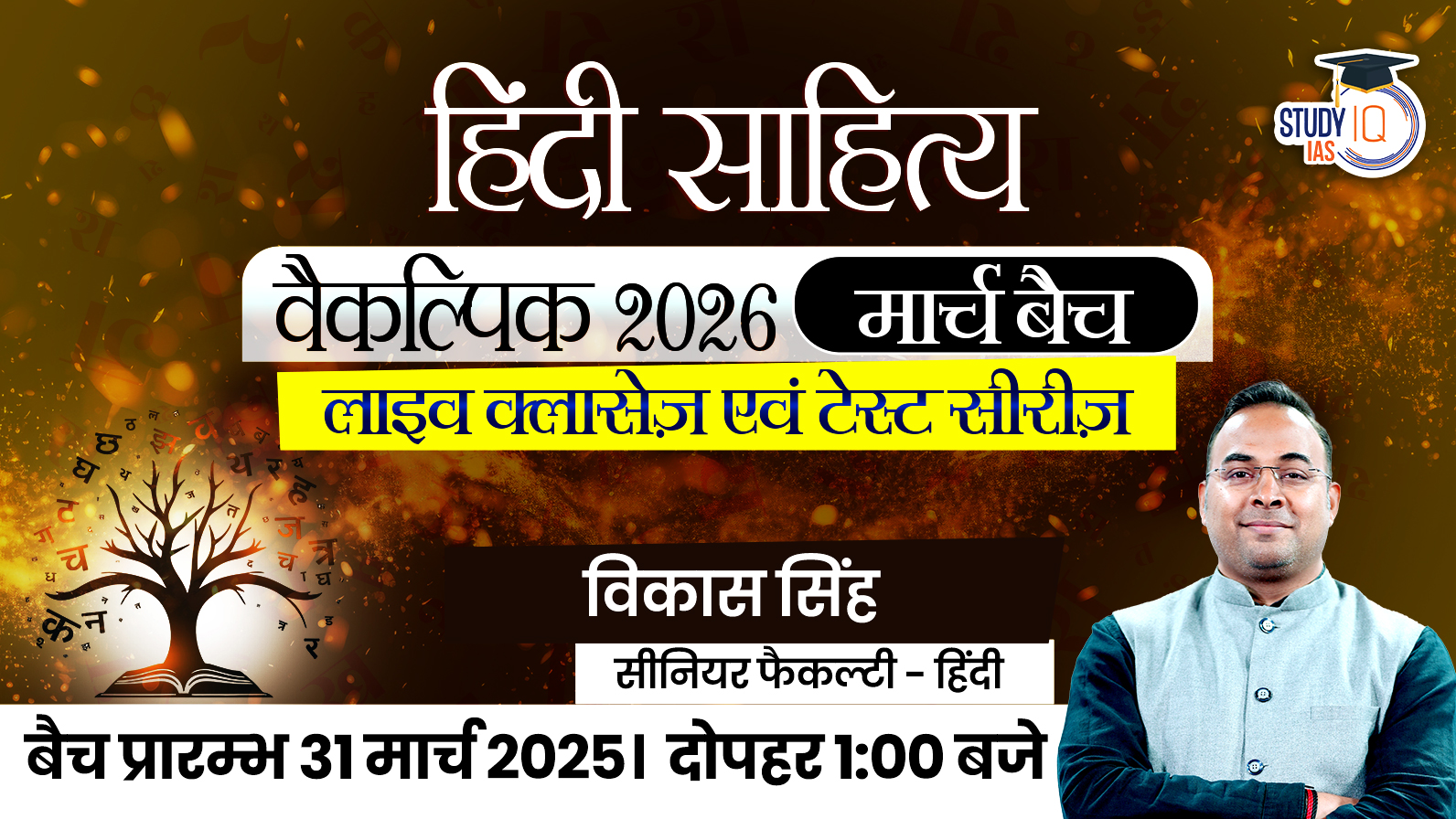Daily Current Affairs for UPSC 2023
Q) Recently seen in news, the ‘Landslide Atlas of India’ was released by which one of the following organization?
- Survey of India
- Geological Survey of India
- Indian Space Research Organization
- Ministry of Earth science
Daily Current Affairs for UPSC – 9 March 2023
Explanation:
- Option (3) is correct: Recently, the Indian Space Research Organisation (ISRO) has released the Landslide Atlas of India. India is among the top four countries with highest landslide risk, where for every year the estimated loss of life per 100 km2 is greater than one. Approximately 0.42 million sq. km or 12.6% of land area of India, excluding snow covered area, is prone to landslide hazard. In India, landslides mostly occur in the monsoon season. Himalayas and Western Ghats are highly susceptible to mass movements due to hilly topography and heavy rainfall. Most vulnerable districts are Rudraprayag and Tehri Garhwal in Uttarakhand are the most landslide-prone districts in the country. Rajouri, Thrissur, Pulwama, Palakkad, Malappuram, South Sikkim, East Sikkim and Kozhikode in Kerala, Jammu Kashmir and Sikkim are other high-risk districts, found the Atlas. Between 1988 and 2022, the maximum number of landslides — 12,385 — were recorded in Mizoram. Uttarakhand followed it at 11,219, Tripura at 8,070, Arunachal Pradesh at 7,689, Jammu and Kashmir at 7,280. The majority of landslides are triggered by variability in rainfall patterns. Sudden heavy rains due to climate change are also increasing landslides, said the report. Around 73 per cent of landslides in the Himalayan region are attributed to heavy rains and reduced water-absorbing capacity of the soil.
Q) Consider the following statements about Indian Agriculture:
- Under ‘Pradhan Mantri Annadata Aay Sanrakshan Abhiyan’, private agencies procure the oilseeds for which the Minimum Support Price is not yet announced.
- The Agriculture Export Policy of 2018 aims to double agricultural exports to USD 50 billion by 2030.
- ‘Operation Greens’ checks the price volatility of onions as well as promotes farmer producer organizations to boost its production.
Which of the statements given above is/are correct?
- 1 and 2 only
- 2 and 3 only
- 1 and 3 only
- 3 only
Explanation:
- Statement 1 is incorrect: Pradhan Mantri Annadata Aay Sanrakshan Abhiyan (PM-AASHA): This scheme aimed to enable farmers realize the MSP in fuller measure via its three sub-schemes:
- Price Support Scheme (PSS): Physical procurement of pulses, oilseeds and Copra;
- Price Deficiency Payment Scheme (PDPS): Direct payment of the difference between the MSP and the selling/modal price;
- Private Procurement & Stockist Scheme (PPSS): Involves procurement by selected private agencies in pilot district/selected APMCs, for MSP notified oilseeds.
- Statement 2 is incorrect: Agriculture Export Policy, 2018 aims to double agricultural exports from present USD 30+ Billion to USD 60+ Billion by 2022 and reach USD 100 Billion in the next few years with a stable trade policy regime. The Scheme for Agro-Marine Processing and Development of Agro-Processing Clusters (SAMPADA) is an umbrella scheme incorporating ongoing schemes like Mega Food Parks, Integrated Cold Chain and Value Addition Infrastructure, Food Safety and Quality Assurance Infrastructure, etc.
- Statement 3 is correct: Operation Greens aims to boost production and processing of tomato, onion and potato (TOP) as part of an objective to check price volatility in these three key kitchen staples. It will promote Farmer Producers Organizations (FPOs), agri-logistics, processing facilities and professional management. Draft Model Contract Farming Act, 2018 is an attempt to provide an enabling environment for contract farming to thrive.
Q) With reference to ‘Dementia’, consider the following statements:
- It is a genetic neurological disorder that affects the brain’s ability to perform cognitive functions.
- The prevalence of dementia is higher among children who do not receive proper nutrition.
- At present, there is no treatment available to cure dementia.
Which of the statements given above is/are not correct?
- 1 and 2 only
- 2 and 3 only
- 3 only
- 1, 2 and 3
Explanation:
- Statement 1 and 2 are incorrect: Dementia is a progressive neurological disorder that affects the brain’s ability to process and store information, resulting in difficulties with cognitive functions. Dementia is often associated with aging, but it can also occur in younger individuals due to various causes, including Alzheimer’s disease, Parkinson’s disease, stroke, and other disorders that affect the brain. Memory loss, Difficulties with thinking, Visual perception, Self-management, Problem solving or language and the ability to focus and pay attention are some of its negative impacts. More than 10 million older adults aged 60 or over in India may have dementia, according to study published in the journal Neuro-epidemiology. The study has found that the prevalence rate of dementia in adults aged 60 or over in India could be 8.44%-equating to 10.08 million older adults in the country. The prevalence of dementia was greater for those who were older, were females, received no education, and lived in rural areas, the study found.
- Statement 3 is correct: There is currently no treatment available to cure dementia, though numerous new treatments are being investigated in various stages of clinical trials. Global Dementia Observatory (GDO) is a web-based platform that collects and disseminates information on the global burden of dementia, policy responses, and best practices for dementia care. Global Action Plan on the Public Health Response to Dementia outlines a series of actions to improve the lives of people with dementia, their families, and caregivers. Guidelines on Risk Reduction of Cognitive Decline and Dementia provide evidence- based recommendations on interventions for reducing modifiable risk factors for dementia.
Q) Consider the following statements about National Assessment and Accreditation Council (NAAC):
- It is an autonomous institution established by the Ministry of Education.
- Only the institutions that have been operating for at least six years or have graduated at least two batches of students are currently eligible to seek for NAAC accreditation.
- The accreditation done by the NAAC is valid for only five years.
Which of the statements given above is/are correct?
- 1 and 2 only
- 2 and 3 only
- 1 and 3 only
- 1, 2 and 3
Explanation:
- Statement 1 is incorrect: National Assessment and Accreditation Council (NAAC) is an autonomous institution established by the University Grants Commission (UGC), under Section 12-ccc of the UGC Act of 1956, for assessing and accrediting higher education institutions (HEIs) of the country. It aims to make quality assurance an integral part of the functioning of Higher Education Institutions (HEIs).
- Statement 2 is correct: NAAC is entrusted with assessing the quality of India’s higher educational institutions. Following a multi-layered assessment process, it awards grades to colleges and universities. Its parameters include curriculum, faculty, infrastructure, research and financial well-being. Currently, only institutes that are at least six years old, or from where at least two batches of students have graduated, can apply.
- Statement 3 is correct: The accreditation done by NAAC is valid for five years. While the UGC has over the years issued many circulars directing institutes to mandatorily undergo NAAC’s assessment, the process still remains largely voluntary. As of January 31, 2023, out of the 1,113 universities and 43,796 colleges in the All-India Survey on Higher Education Report 2020-21, only 418 universities and 9,062 colleges were NAAC-accredited.
Q) With reference to ‘H3N2’ virus, consider the following statements:
- It is a subtype of the Influenza B virus that is responsible for causing respiratory illness in humans.
- It is highly contagious and can infect birds as well as mammals.
Which of the statements given above is/are correct?
- 1 only
- 2 only
- Both 1 and 2
- Neither 1 nor 2
Explanation:
- Statement 1 is incorrect and Statement 2 is correct: H3N2 influenza is a viral disease. It is caused by Orthomyxo virus (influenza virus) pathogen. H3N2 influenza, also known as the “Hong Kong flu,” is a type of influenza virus that can cause respiratory illness in humans. It is a subtype of the Influenza A virus and has been responsible for several influenza outbreaks in the past. H3N2 viruses can infect birds and mammals. In birds, humans, and pigs, the virus has mutated into many strains. Rising cases of intense cough lasting for more than a week coupled with fever has been observed in many parts of the country. H3N2 influenza is highly contagious and can spread from person to person through droplets generated when an infected person talks, coughs, or sneezes. It can also spread by touching a surface contaminated with the virus and then touching one’s mouth or nose. Its various symptoms are prolonged illness, fatigue, chills, headache, body aches, runny nose, sore throat, cough, and fever. Some people may also experience diarrhoea and vomiting. The symptoms usually last for about a week, but some people may experience them for longer.


 RPSC RAS Mains 2023 Result out at rpsc.r...
RPSC RAS Mains 2023 Result out at rpsc.r...
 APSC Prelims Notification 2025 Out for 2...
APSC Prelims Notification 2025 Out for 2...





















